Your dog’s paws do more than help them walk and run—they provide balance, protection, and shock absorption with every step. Yet, paw care is one of the most overlooked aspects of dog grooming. If you're not paying close attention to your pup’s paws, you could be missing early signs of discomfort, injury, or even infection.
In this guide, we’ll cover everything you need to know about dog paw care, from cleaning and moisturizing to spotting warning signs. Keep reading to make sure your dog’s paws stay healthy, happy, and ready for every adventure.
 Why Dog Paw Care Matters
Why Dog Paw Care Matters
Your dog’s paw pads are tough, but they’re also vulnerable. They encounter all kinds of rough surfaces, hot pavement, cold snow, and sharp debris. Without regular care, paw problems like cracking, dryness, burns, or infections can sneak up on you—sometimes without any obvious signs until it’s too late.
Proper paw care can:
-
Prevent injuries and infections
-
Improve your dog’s mobility and comfort
-
Extend your dog’s overall health and lifespan
Essential Tips for Dog Paw Care
1. Inspect the Paws Weekly
Check between the toes and pads for cuts, splinters, swelling, or discoloration. Dogs can’t tell you when something’s wrong—visual checks are key.
2. Clean After Outdoor Walks
Wipe paws with a damp cloth or pet-safe wipes after walks, especially in muddy or icy conditions. Salt and chemicals from sidewalks can irritate your dog’s paw pads.
3. Moisturize Regularly
Dry, cracked paws can be painful. Use a dog-safe paw balm or coconut oil to keep them hydrated—never human lotion, which can be toxic.
4. Keep Nails Trimmed
Overgrown nails can alter your dog’s gait, leading to joint issues or broken nails. Trim them every 3–4 weeks or as needed.
5. Use Paw Protection
If you’re walking your dog on hot asphalt or during the winter, invest in dog booties or paw wax for protection against extreme temperatures.
 Frequently Asked Questions
Frequently Asked Questions
Q: How often should I check my dog’s paws?
A: Ideally once a week. However, if your dog is very active or walks on rough terrain often, a quick daily check is a good idea.
Q: What should I do if I see a cut or crack on the paw pad?
A: Clean the area with mild soap and warm water. Apply a dog-safe antiseptic or balm. If the cut is deep, consult your vet.
Q: Are dog booties really necessary?
A: Booties are extremely helpful in protecting paws from heat, cold, salt, and sharp objects. Not all dogs love them at first, but with time, most adjust.
Q: Can I use Vaseline on my dog’s paws?
A: Yes, in small amounts. It can create a protective barrier, but a paw balm specifically made for dogs is a safer long-term option.
Final Thoughts
Your dog depends on you to keep them safe and comfortable—and that includes their paws. By making dog paw care a regular part of your routine, you can prevent injuries, reduce vet visits, and keep your four-legged friend feeling their best.
Don’t overlook those paws. They’re tough, but they deserve your TLC too.
Helpful Notes
-
Avoid walking your dog on hot pavement during peak heat hours.
-
Teach your dog to be comfortable with paw handling early—it makes care easier.
-
Always check for thorns, ticks, or debris after hikes or trail walks.

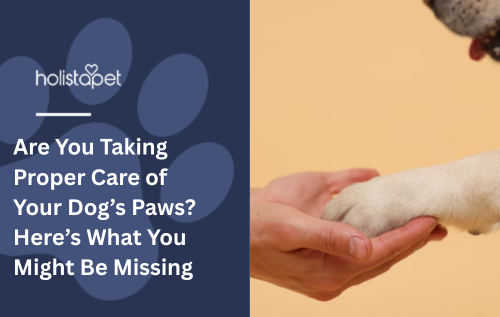
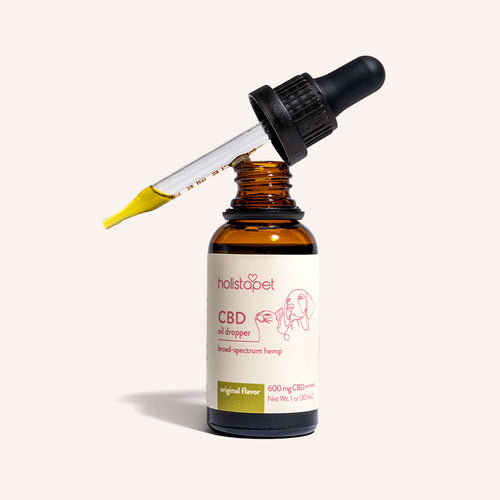 CBD Oil for Dogs - Fast Acting
CBD Oil for Dogs - Fast Acting
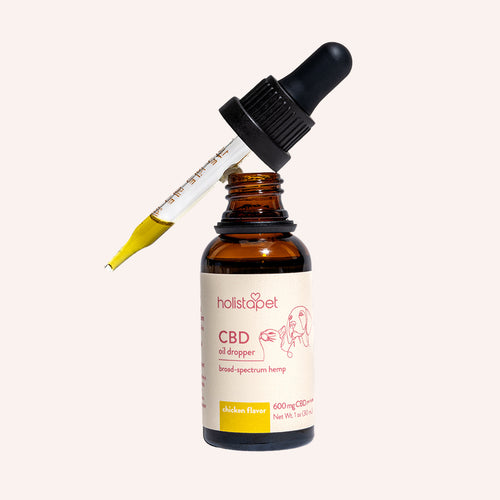 Chicken Flavored CBD Oil For Dogs - Easy Dose
Chicken Flavored CBD Oil For Dogs - Easy Dose
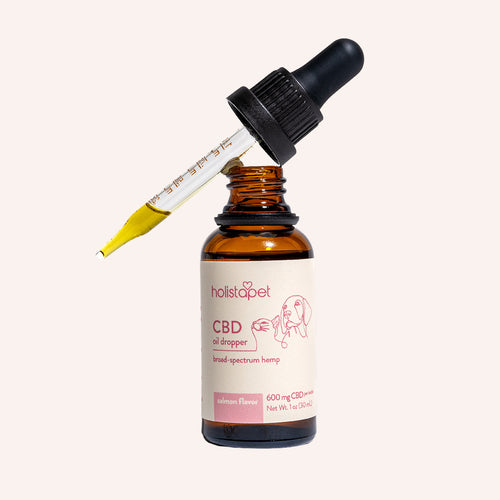 Salmon Flavored CBD Oil For Dogs - Highly Rated
Salmon Flavored CBD Oil For Dogs - Highly Rated
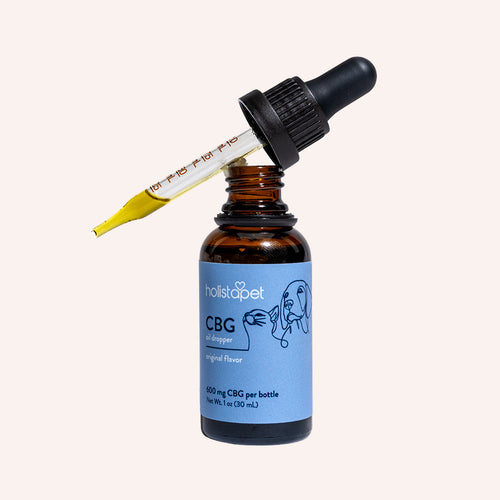 CBG Oil for Dogs and Cats - Loved by Thousands
CBG Oil for Dogs and Cats - Loved by Thousands


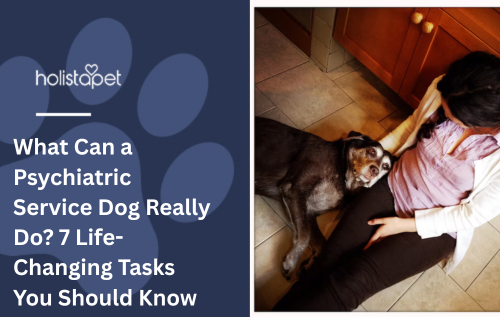


Leave a comment
This site is protected by hCaptcha and the hCaptcha Privacy Policy and Terms of Service apply.